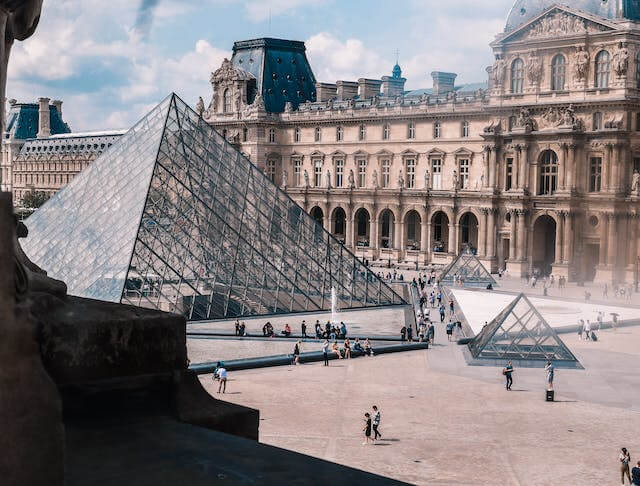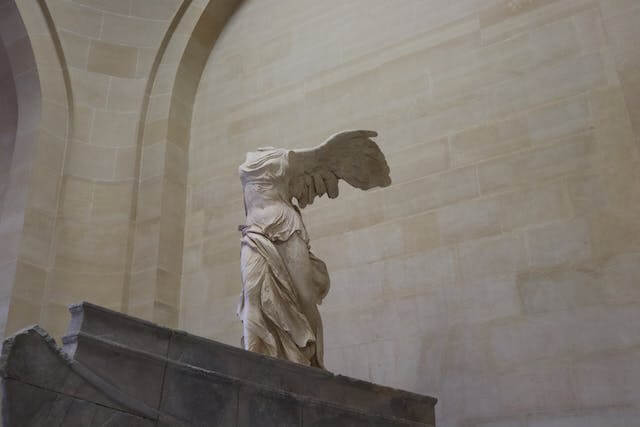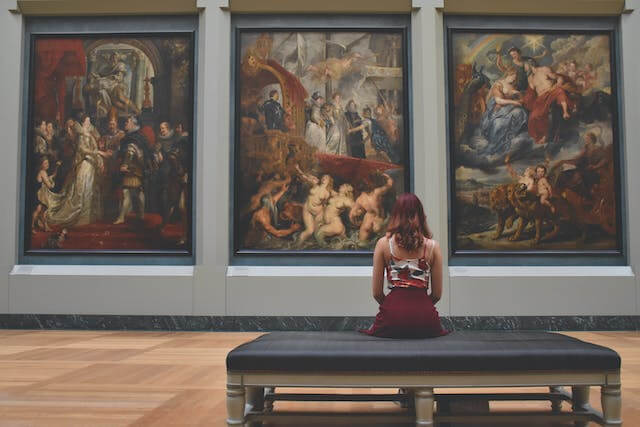WELCOME TO THE LOUVRE

There are plenty of good reasons to visit the Louvre! So many works of art to discover in this fabulous museum that used to be a palace! So plan your visit in advance to make the most of it. Why not pick one of our visitor trails to follow a theme-based tour? And when you need a break, where better than the museum’s restful gardens?
Best Museums In The World:

The Louvre, or the Louvre Museum, is a national art museum in Paris, France. A central landmark of the city, it is located on the Right Bank of the Seine in the city’s 1st arrondissement and home to some of the most canonical works of Western art, including the Mona Lisa and the Venus de. Buy Your Ticket Now

The eventful history of the Tuileries Garden
It all began in 1564. Nostalgic for the Florentine palaces of her childhood, Queen Catherine de’ Medici, Henri II’s widow, had a new palace and garden built outside the Paris city walls. The tile factories (tuileries) that had stood on the chosen spot since the Middle Ages gave the new royal residence and garden their name.
The garden was completely redesigned in 1664 by Louis XIV’s landscape gardener, André Le Nôtre. At that time, it was opened for the enjoyment of ‘respectable folk’.
After several modifications and partial privatisation – notably by Napoleon I then his nephew Napoleon III – it was finally opened to the general public in 1871.
The same year, during the Paris Commune uprising, rioters burned the Tuileries palace down to protest against royal and imperial power. The palace was never rebuilt…but the garden has survived to this day.
In 1990, a competition was launched for the renovation of the Tuileries. The winning duo – landscape architects Pascal Cribier and Louis Benech – added contemporary innovations to the historical garden.
The Grand Carré
In accordance with the French garden tradition, the section of the Tuileries Garden nearest to the palace was designed to be admired from its windows. Called the Grand Carré, it was embellished with ponds and embroidery-like garden beds outlined by low boxwood hedges. Today’s simpler flower beds allow the estate’s gardeners greater freedom to express their creativity.
The Grand Couvert
The next section of the garden, the Grand Couvert, is the shady, wooded part, where Le Nôtre oversaw the planting of eight deciduous-tree groves, arranged symmetrically but each different in atmosphere. The majestic Grande Allée, which intersects the Grand Couvert, is aligned with the Champs-Elysées – laid out by André Le Nôtre as an extension of the garden.
The horseshoe ramps and the terraces
The Octogone is an open area surrounding the octagonal Grand Bassin and the horseshoe-shaped ramps that lead to the terraces bordering the garden. The Seine-side terrace serves as an embankment to protect the Tuileries from flooding; the symmetrical Terrasse des Feuillants runs alongside the rue de Rivoli.
An open-air museum
The Tuileries Garden has been decorated with statues and vases since the 18th century. Each successive government has removed or added sculptures according to changes in taste. Many of the groves are home to sculptures loaned by museums of modern and contemporary art. Also represented are famous sculptors from the 17th century to the present day, including Antoine Coysevox, Auguste Rodin, Jean Dubuffet, Giuseppe Penone and Louise Bourgeois.
Specialised conservators are responsible for the maintenance of the sculptures. When necessary, the most fragile marble works are moved to the shelter of the Louvre – to the Cour Marly and Cour Puget (Richelieu wing) – and replaced in the garden by replicas.
Musée du Louvre
Former palace of the Kings of France, the Louvre Museum presents vast and rich collections: in all, more than 38.000 works of the ancient civilizations around the Mediterranean, the arts of Islam and Western art from the Middle Ages to 1848. The most famous artworks include the Mona Lisa, the Victory of Samothrace or the Venus de Milo, but also the squatting Scribe, the Code Hammurabi, or Vermeer’s Lacemaker. Online Botique



















































